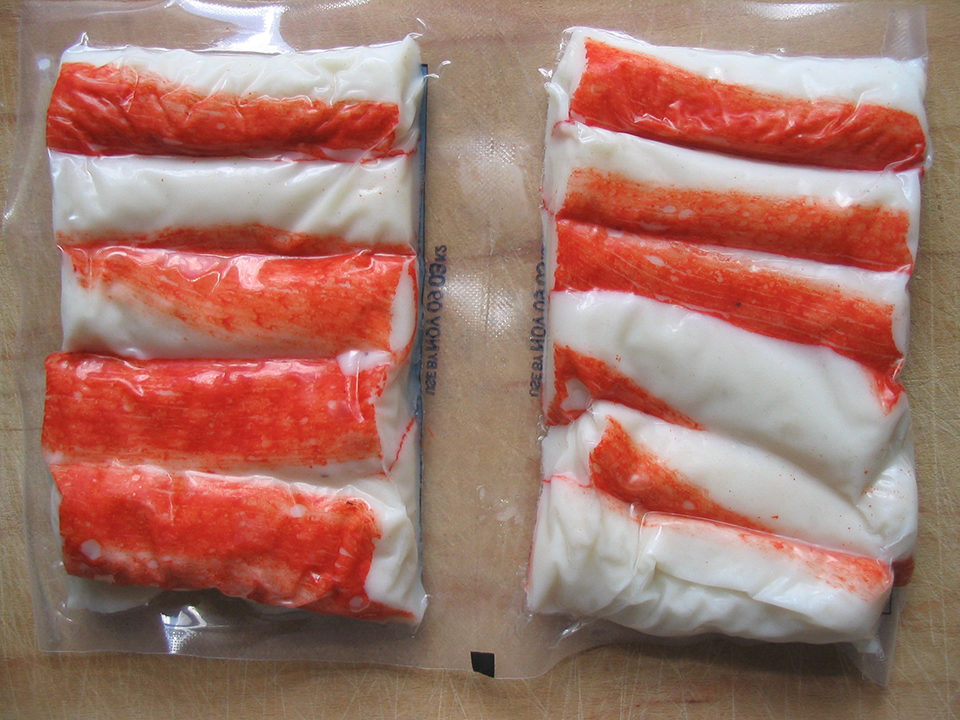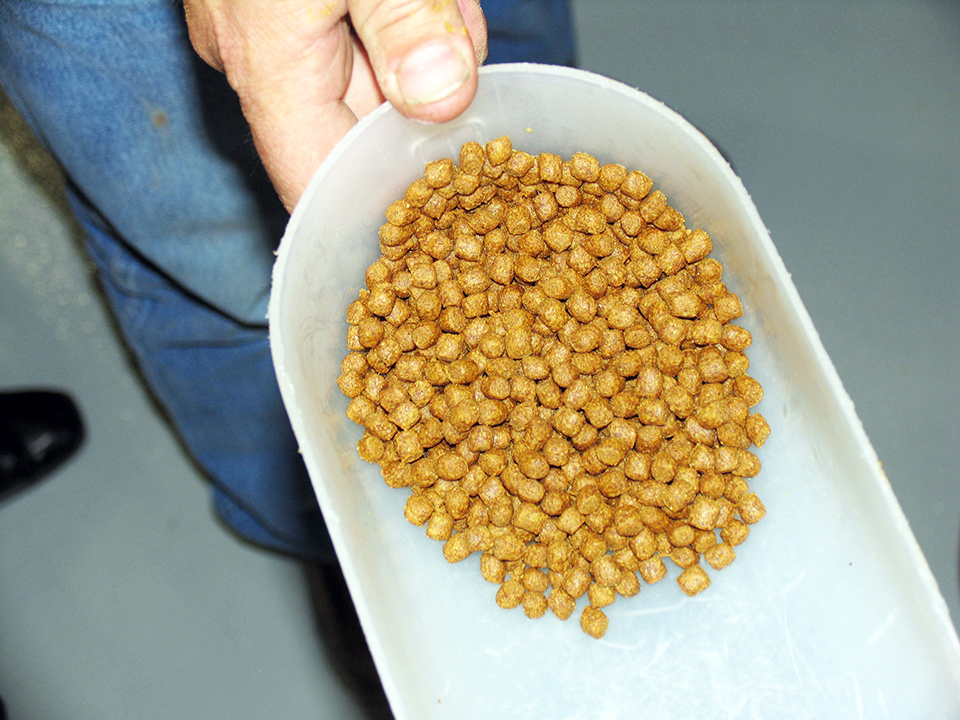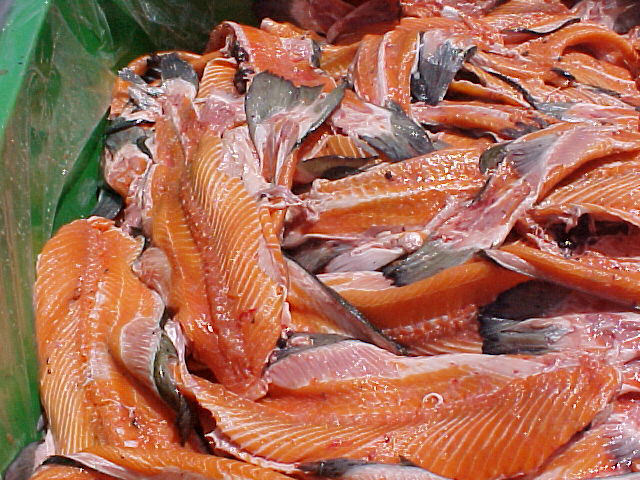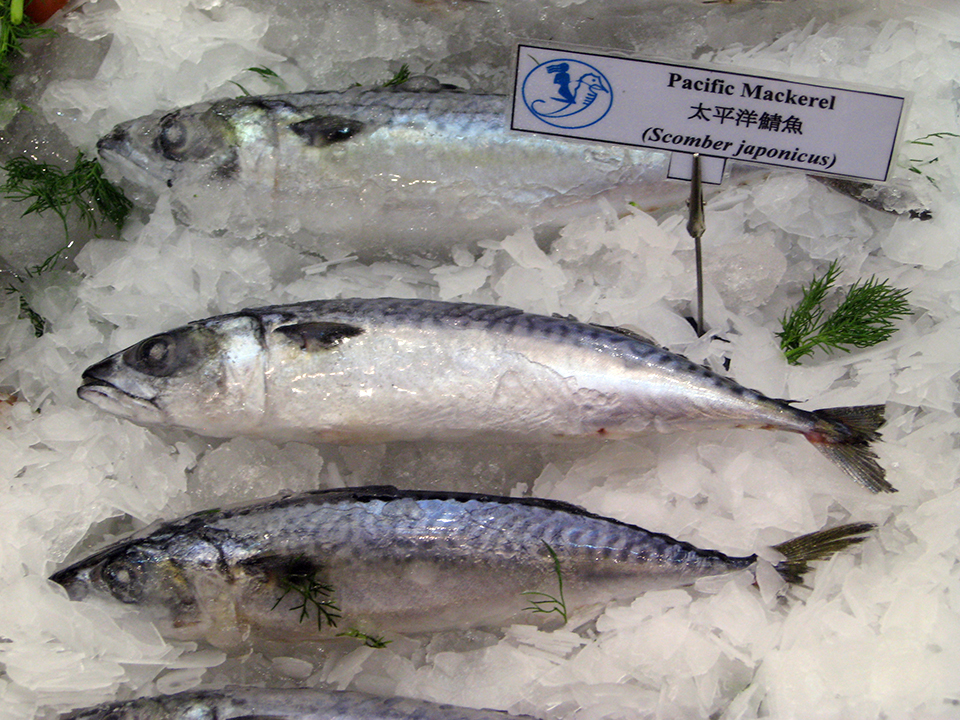Lipid, carbohydrate protein enzymes

As profit margins continue to decrease and waste disposal becomes more expensive with fewer options, the ability to convert seafood-processing waste into useful products has considerable interest. This is the second article in a series on the commercial application of enzymes obtained from fish and shellfish processing wastes.
Lipolytic enzymes
Lipases catalyze the hydrolysis of fatty acids ester bound in triglycerides and related compounds. Lipases occupy a place of prominence among biocatalysts because of their novel and multifold applications in medicine, biochemical synthesis and the food industry related to oleochemistry, biotechnology and nutrition. The volatile free fatty acids generated by lipases provide characteristic flavors in dairy products such as cheese and dairy flavor concentrates, and, in addition, impart sensory properties such as richness and creaminess.
The properties and characteristics of lipases reported by various sources differ widely, particularly with respect to their behaviors related to temperature and pH. While some have alkaline pH, others have acidic pH. Temperature and pH also exert profound influences on the stability of lipases. The majority of lipases have been obtained from mammalian, plant and microbial sources.
Apparently, long-chain polyunsaturated fatty acids are not preferred substrates for most of the commercially available lipases. However, lipases from cod, rohu, sea bream, Atlantic salmon and rainbow trout have shown high specificity for these fatty acids.
Lipases from fish have potential to expand activities and specificities over current enzymes since some fish have higher catalytic efficiencies at lower temperatures than their microbial or mammalian counterparts. Fish lipases have optimum pH activities and are thermally stable, similar to their protease counterparts. Consequently, a listing is not provided.
Amylase
Divided into endo-amylase (ά-amy-lase) and exo-amylase (β-amylase and γ-amylase), amylases are widely distributed in animals, plants and microbes. They can hydrolyze starch on non-reducing ends into mono-, di-, tri- and oligodextroses, and are usually used to produce syrup, wine and fermented foods.
In research, three amylases were obtained from viscera of the hard clam, Meretrix lusoria. The optimal pH and temperature for the three enzymes were 7.0, 7.5 and 7.5; and 40, 50 and 50 degrees C, respectively. Two of the enzymes were considered to be multifunctional exo- and endo-types of ά-amylase-like enzymes, while one was an exo-type γ-amylase-like enzyme.
Transglutaminase
Transglutaminases catalyze protein cross linking and amine incorporation by an acyl transfer reaction. The enzymes can be found in various living tissues, such as microorganisms, vertebrates, invertebrates and plants. The enzymes have been applied to increase the textural properties of surimi from some fish species and create a large sea scallop from small scallop pieces.
Transglutaminase has been isolated from various fish: carp, tilapia, walleye, pollock, rainbow trout, atka mackerel, threadfin bream, red sea bream and Pacific whiting. The optimal pH and temperature reported in threadfin bream were 8.5 to 9.0 and 50 degrees C – values similar to those for other fish-isolated enzymes.
Lysozyme
Egg white lysozyme has been used as a preservative or antibacterial agent in the pharmaceutical and food industries, but is limited in some applications because of poor antibacterial activity against Gram-negative bacteria.
In a study, a lysozyme purified from the viscera of a scallop, Patinopecten yessoenis, had an optimal pH between 5.0 and 6.0 with an optimal temperature of 20 degrees C. The optimal temperature stability was between 20 and 30 degrees C – much lower that that of other seafood-isolated enzymes.
Scallop lysozyme had antibacterial activities against both Gram-positive and Gram-negative bacteria. In one study, scallop lysozyme was two times higher in antibacterial activity against Gram-negative Escherichia coli and Vibrio vulnificus than egg white lysozyme.
Pepsin
Pepsin is a major digestive enzyme in the stomachs of animals that is initially secreted as pepsinogen from cells in the stomach wall epithelium. In the acidic environment, pepsinogen rapidly converts to pepsin.
Pepsin and pepsinogen have been obtained from the stomachs of such fish species as polar cod, North Pacific bluefin tuna, Atlantic cod, sea bream, albacore tuna, African coelacanth, pectoral rattail, smooth hound, Mandarin fish and European eel. Fish pepsin has been used mainly for the preparation of protein hydrolysates and the extraction of cod collagen and gelatin.
The optimal pH and temperature for albacore pepsin are 2 and 50 degrees C. The pepsin activity is stable in the pH range of 2 to 5, and the residual activity is more than 85 percent after heating at temperatures up to 50 degrees C for 30 minutes.
Rennet substitute
Many proteolytic enzymes induce coagulation of milk. The importance of these proteases results not only from their ability to clot milk, but also from the relationship between milk clotting and the general proteolysis the enzymes can produce.
A large number of proteases from plant, animal and microbial sources have been investigated as potential sources for milk-clotting enzymes and possible rennet substitutes. Rennet is a complex of enzymes produced in mammals’ stomachs that is often used to separate milk in the production of cheese. Most rennet substitutes are not suitable for cheese making because their hydrolytic action culminates in lower yields, loss of fat from the curd and development of undesirable changes in texture and flavor during cheese aging.
The enzyme activity (milk coagulation time) obtained with stomach tissue of Atlantic tuna, Thunnus obesus, has been found similar to that of standard rennet. The milk pH influence on the milk coagulation had a pH-dependent profile similar to that of calf rennet values, ranging 5.5 to 6.3. It appears the use of tuna protease as a rennet substitute is technologically feasible, but further studies are required.
Perspectives
Enzymes isolated from fish and shellfish present a potential market for developing products having biological activity from processing wastes. Aquatic-derived enzymes many times have properties different from those obtained from plant, microbial or terrestrial animal sources. It is those unique properties that make them of special interest. Aquatic enzymes are presently being used for various food and non-food manufacturing purposes.
(Editor’s Note: This article was originally published in the November/December 2012 print edition of the Global Aquaculture Advocate.)
Now that you've reached the end of the article ...
… please consider supporting GSA’s mission to advance responsible seafood practices through education, advocacy and third-party assurances. The Advocate aims to document the evolution of responsible seafood practices and share the expansive knowledge of our vast network of contributors.
By becoming a Global Seafood Alliance member, you’re ensuring that all of the pre-competitive work we do through member benefits, resources and events can continue. Individual membership costs just $50 a year.
Not a GSA member? Join us.
Author
-

George J. Flick, Jr., Ph.D.
University Distinguished Professor
Food Science and Technology Department
Center for Applied Health Sciences
Duck Pond Drive
Virginia Tech (0418)
Blacksburg, Virginia 24061 USA[117,100,101,46,116,118,64,103,107,99,105,108,102]
Tagged With
Related Posts

Intelligence
Byproduct utilization for increased profitability, part 5
Fish protein hydrolysates have been used in the food industry for the development of antioxidants, emulsifiers, flavoring agents, anti-bacterial agents and feed. As natural products, they have a growing acceptance, since natural products are preferred by some consumers over industrial products.

Intelligence
Byproduct utilization for increased profitability, part 4
Protein hydrolysates can be produced by acid, base or enzymatic hydrolysis processes. Acid hydrolysis produces salt that makes the product unsuitable for food and destroys some essential amino acids. An optimum process for one fish or shellfish by-product may not be optimum for another.

Intelligence
Byproduct utilization for increased profitability, part 3
Fish protein hydrolysates obtained from fish-processing wastes can be used to make valuable ingredients for the food and healthcare industries. Hydrolysates are produced from fish muscle and viscera through an autolytic process by endogenous enzymes or an accelerated method using exogenous enzymes.

Intelligence
Byproduct utilization for increased profitability, part 1
Protease enzymes are important industrial enzymes that have diverse applications in food, leather, silk and the agrichemical and pharmaceutical industries. Fish are considered one of the richest sources of proteolytic enzymes.


